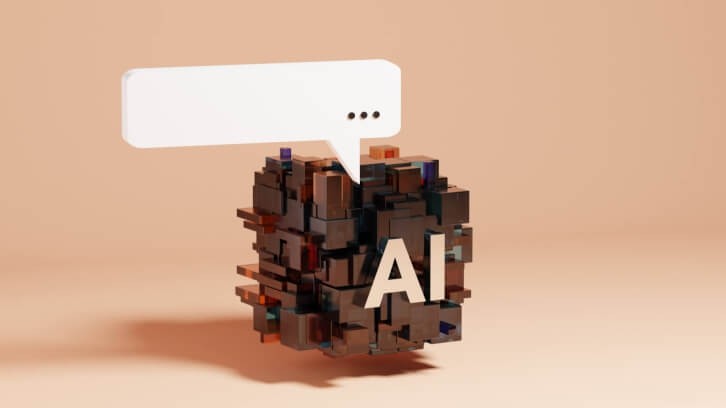Who controls intellectual property? Attorneys weigh in on the use of AI

Titled ‘AI or Humans: Who Owns Intellectual Property?,’ Michael Messinger and Iona Kaiser, partners at international law firm Vorys, Sater, Seymour and Pease, spoke about the growing role large language models play in creative pursuits.
“Six years ago, about 25% of the [U.S. Patent and Trademark Office’s] inventor patentees on their applications across all technology, including textiles, beds, plants and circuits, had an AI-related inventor, which is kind of amazing,” Messinger said. “That's a leading indicator of where this stuff is going.”
However, managing AI, copyright and intellectual property (IP) is less about the growth of the technology and more about an organization’s policies for managing its people, the experts said.
Determining authorship
When it comes to copyright for content generation, the attorneys said they notice people are often end users when generating images through AI platforms. If someone is only entering a prompt into AI asking it to create something, they’re not the creative person behind the product. It’s important to note, they said, that AI by itself cannot register a copyright.
“There's likely no authorship, there's likely no inventor-ship, which means there's no IP. This means the company doesn't own the IP that came out of that process,” Messinger said.
He added that companies still need to make sure that they’ve got the right licenses for those AI tools and should check the indemnifications in case the output is creating some issues.
Intellectual ownership occurs when an individual uses an AI tool to add to existing inventions, quality control and manufacturing processes and machine learning is used to improve the process, output of structure.
“This is the kind of thing that likely would have enough significant human contribution where you're adding more than just an end user of an AI tool,” Messinger said. “And in that case, there is likely authorship depending on what's going on.”
Copyright guidance says that people create, not the AI tool, in terms of works that can be protected. It’s the person who completes the work who is the author, he said.
This precedent was established some time ago. In Burrow-Giles Lithographic Co. v. Sarony (1884), the U.S. Supreme Court upheld the power of Congress to allow copyright protection to photography. The argument was that a photographer was choosing the frame, the field of view and arranging the lighting, and therefore copyright should apply.
In this brave new world of AI, however, the U.S. Copyright Office now asks that a disclaimer be put on a copyright application stating that an AI tool was used to help generate the item.
“It's clear that whatever protection you have is circumscribed and limited by whatever the AI tool contributed,” Messinger said.
‘Big pharma’
For public AI models and free tools such as ChatGPT, anything that’s put in the model becomes part of the public record.
“However, ChatGPT is now trying to make some money and they are selling models to individual companies. When you ask the model questions, the [topics] you put into the prompt do not become part of the model itself,” Kaiser said.
This can be important to protect the IP of scientific inventions. Regardless, the same rules of authorship apply to that setting, too.
Kaiser gave one example. A prostate cancer researcher works in a laboratory where they have access to a sophisticated AI tool that can design compounds. They use the AI to try to create compounds that will attack prostate cancer. When prompted, AI offers five options that may work against the cancer. The researcher goes back to the laboratory and can synthesize a potential drug that does strike the cancer, but unfortunately attacks everything else. Eventually the researcher tweaks the drug to create a viable solution.
“The patent office guidance says [the drug] is patentable,” Kaiser said. “What they're saying is that last step, the synthesizing, was also a step that the researcher did, although that's reduction of practice. Doing the structural modifications is what takes this from not patentable to a patentable process. The patent office also said that the compound itself with the structural modifications would be patentable.”
That doesn’t mean this discovery process isn’t immune to legal challenges. Kaiser said “big pharma” will likely be the first to solve some of these legal debates until precedent occurs.
“There’s so much to developing new drugs that they will fight this out in the next few years, and we’ll start to get some answers,” she said.







